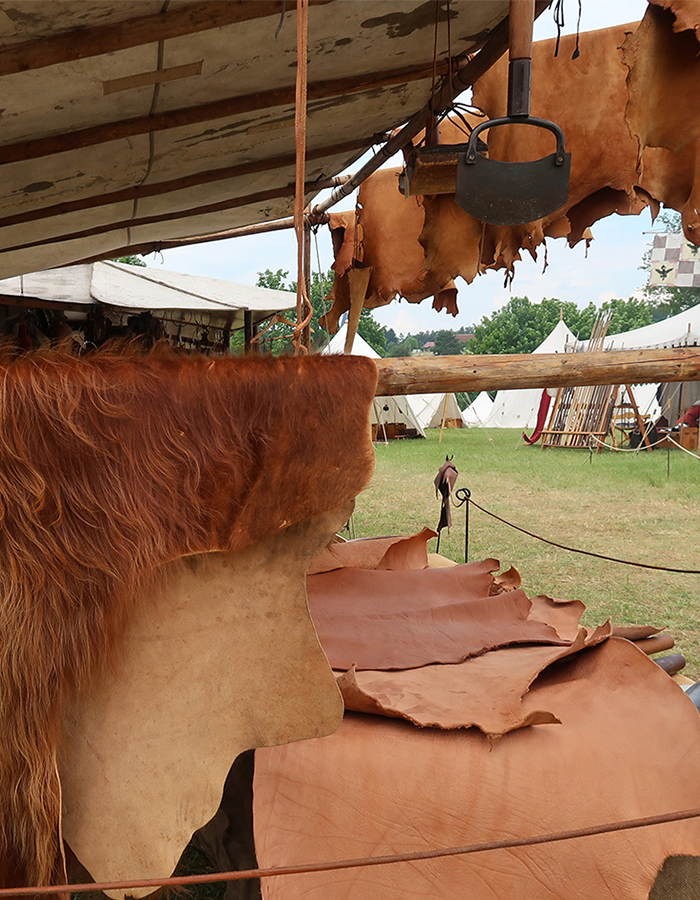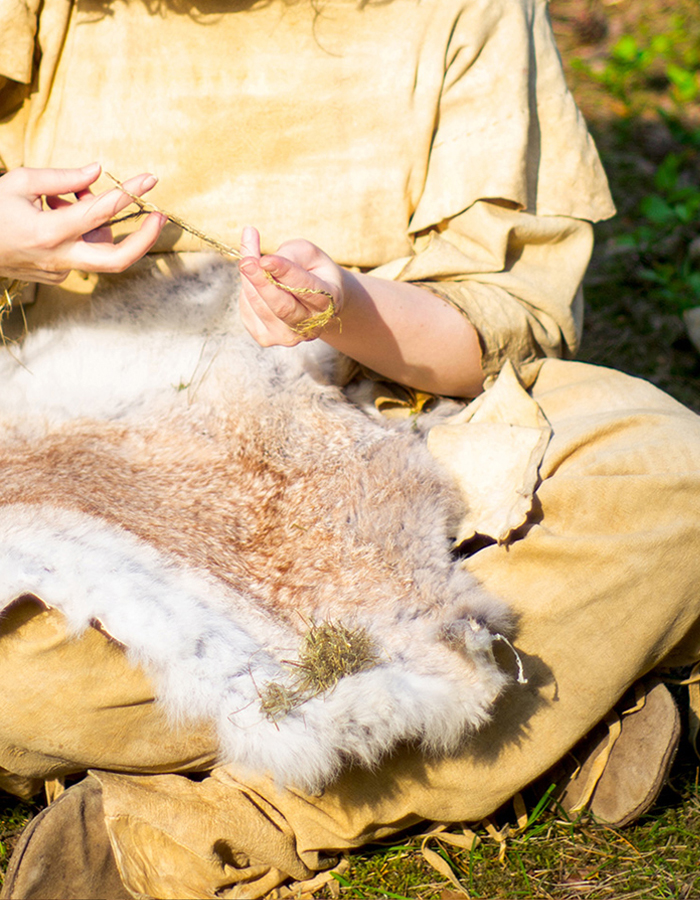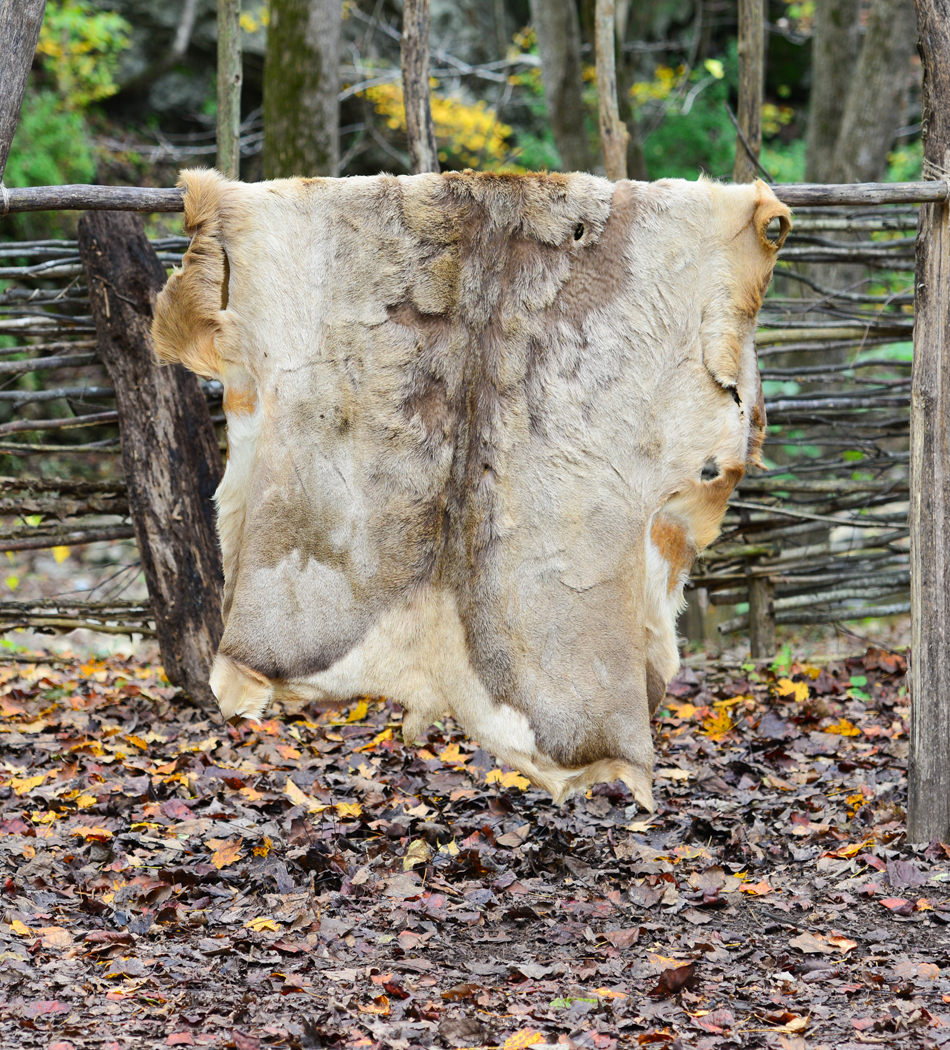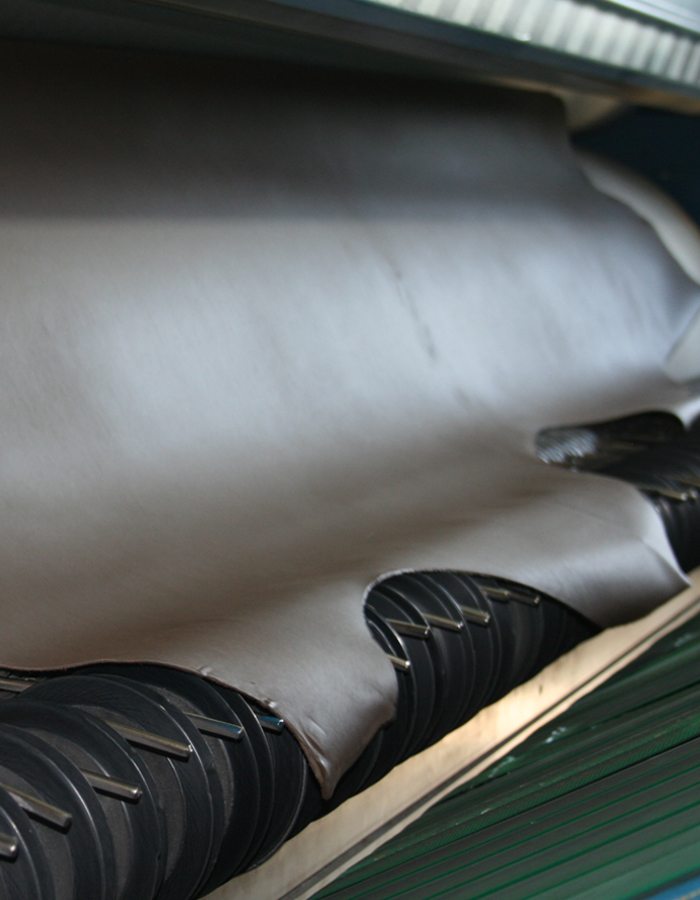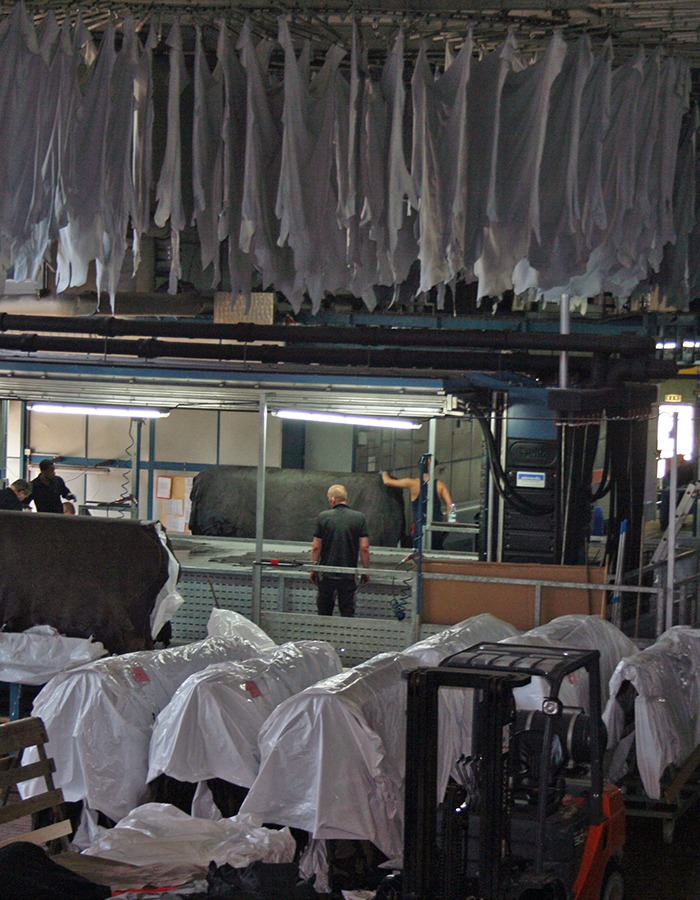Or think of the equipment worn by legionaries during the Roman Empire, where a lot of leather was used.
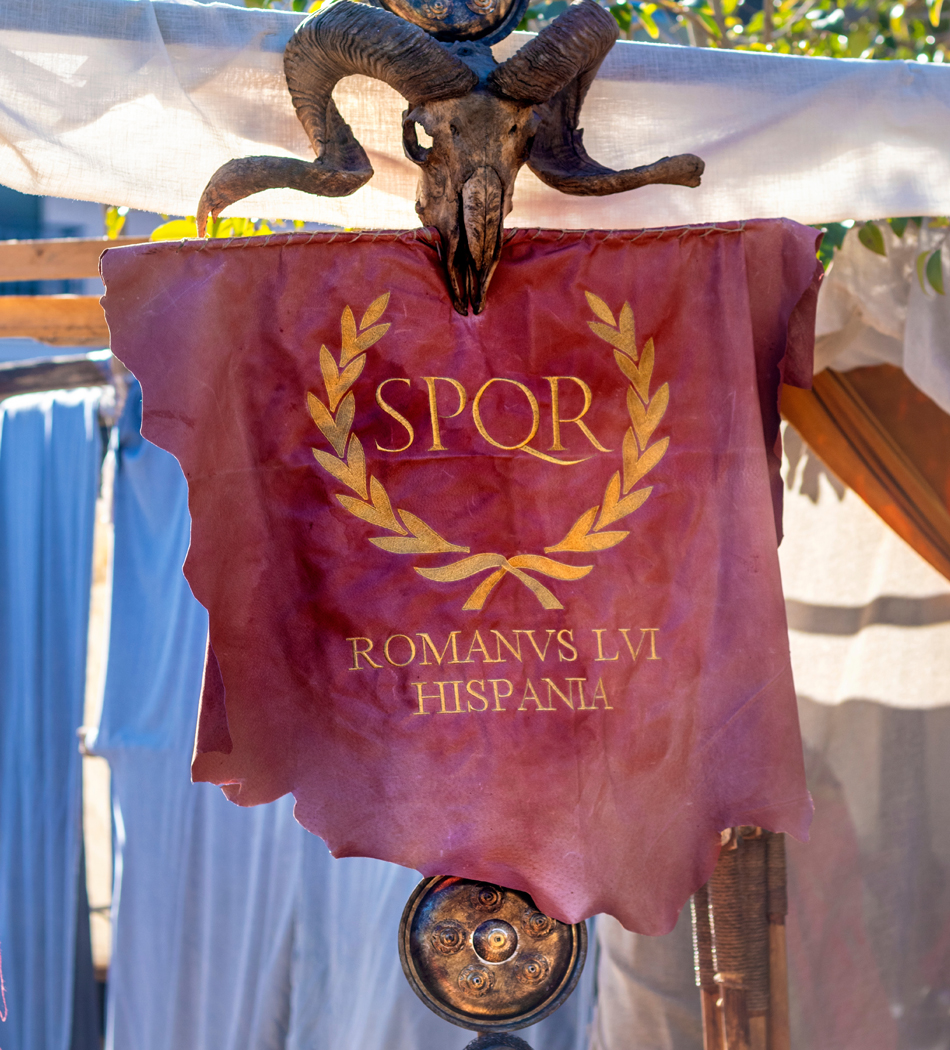
At the time, Carthage was an important trading center between the markets of North Africa and those of the Mediterranean and thus held a monopoly position for the leather trade in Europe and the Mediterranean region.
New tanning processes were developed in the Roman Empire and leather goods were easier to produce. This meant that even ordinary people could now afford leather sandals.
In the Middle Ages, the Middle East and North Africa were far ahead of the European tanning trade. From stories told by the world traveler Marco Polo after his return from Asia, we learn of the art of leather production there - for example, of a grandson of Genghis Khan who lived in a leather tent covered with ermine skins and wore gilded leather clothing.
In Europe in the Middle Ages, the profession of tanner was hard physical labor. Tanneries were usually located by rivers or streams where the hides were processed. In many larger cities, there were entire tanners' quarters that could be recognized by the mere smell of their trade.
Constantly standing in cold water, dragging the heavy hides and the constant stench characterized the trade - and made the tanners ill. Anyone who has seen the movie “Perfume” can well imagine the situation of the tanners at that time.
Back then, master tanners had a high reliance on apprentices and other cheap labor, as the manufacturing processes often involved harmful substances and catastrophic working conditions.
